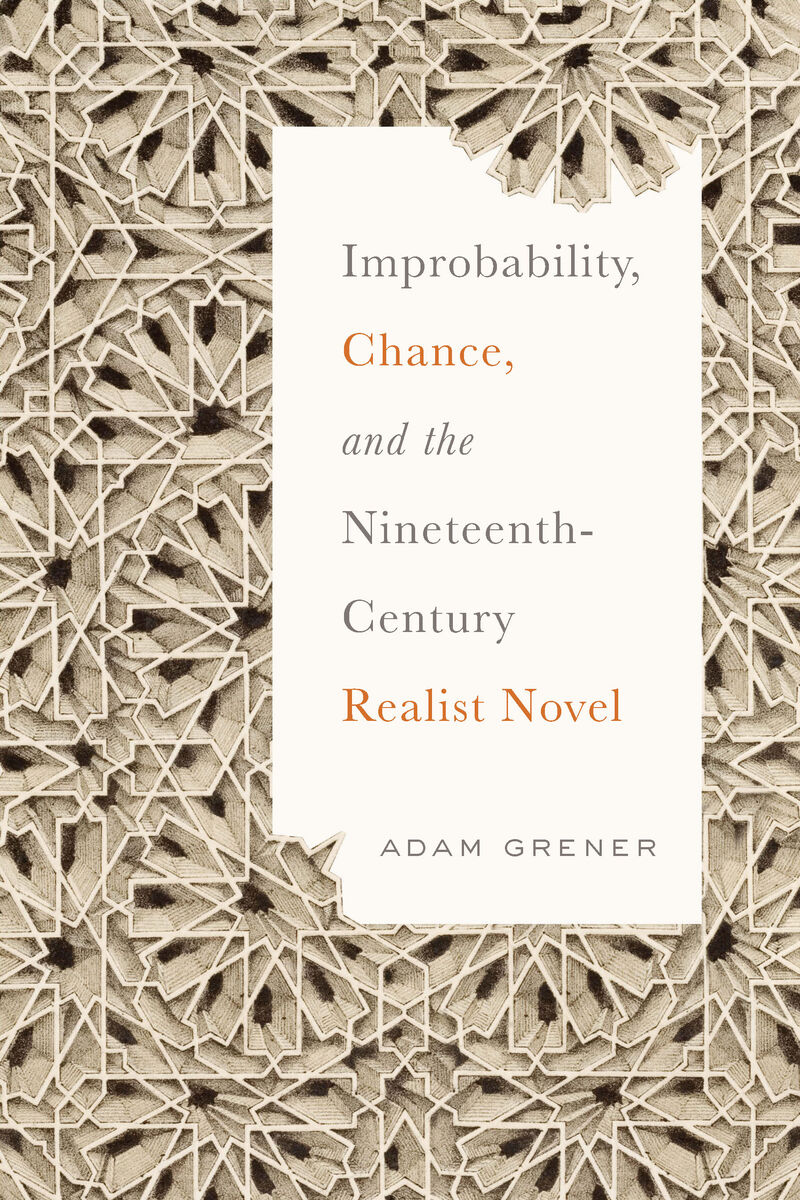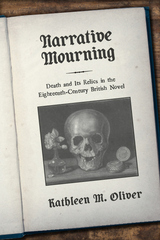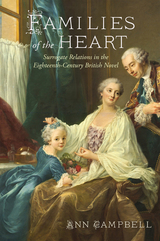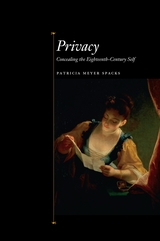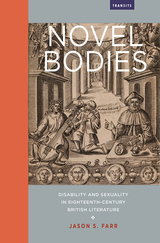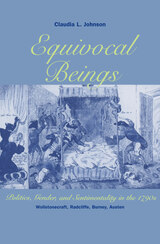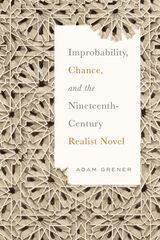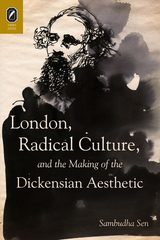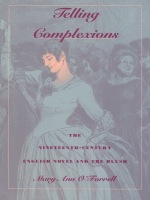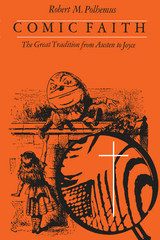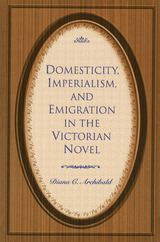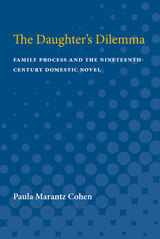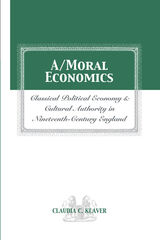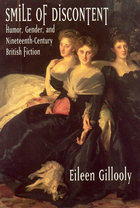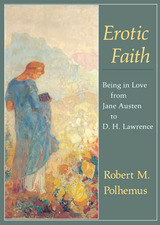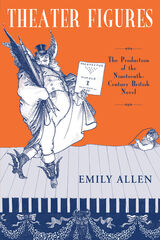Improbability, Chance, and the Nineteenth-Century Realist Novel
The Ohio State University Press, 2020
Cloth: 978-0-8142-1442-8 | eISBN: 978-0-8142-7808-6 | Paper: 978-0-8142-5593-3
Library of Congress Classification PR861.G74 2020
Dewey Decimal Classification 823.80936
Cloth: 978-0-8142-1442-8 | eISBN: 978-0-8142-7808-6 | Paper: 978-0-8142-5593-3
Library of Congress Classification PR861.G74 2020
Dewey Decimal Classification 823.80936
ABOUT THIS BOOK | AUTHOR BIOGRAPHY | REVIEWS | TOC
ABOUT THIS BOOK
In Improbability, Chance, and the Nineteenth-Century Realist Novel, Adam Grener advances a new approach to evaluating realism in fiction by arguing that nineteenth-century literary realism shifted attention to the historical and social dimensions of probability in the period’s literature. In an era in which probability was increasingly defined by statistical concepts of aggregation and abstraction, the realist writers discussed here turned to chance and improbability to address representational problems of contingency, difference, and scale.
Contemporary thinking about probability came to recognize the variability and even randomness of the world while also discovering how patterns and order reemerge at scale. Reading chance as a tension between randomness and order, Grener shows how novels by Jane Austen, Sir Walter Scott, Charles Dickens, Anthony Trollope, and Thomas Hardy resist the demands of probabilistic representation and develop strategies for capturing cultural particularity and historical transformation. These authors served their visions of realism by tactically embracing improbability in the form of coincidences, fatalism, supernaturalism, and luck. Understanding this strategy helps us to appreciate how realist novels work to historicize the social worlds and experiences they represent and asks us to rethink the very foundation of realism.
Contemporary thinking about probability came to recognize the variability and even randomness of the world while also discovering how patterns and order reemerge at scale. Reading chance as a tension between randomness and order, Grener shows how novels by Jane Austen, Sir Walter Scott, Charles Dickens, Anthony Trollope, and Thomas Hardy resist the demands of probabilistic representation and develop strategies for capturing cultural particularity and historical transformation. These authors served their visions of realism by tactically embracing improbability in the form of coincidences, fatalism, supernaturalism, and luck. Understanding this strategy helps us to appreciate how realist novels work to historicize the social worlds and experiences they represent and asks us to rethink the very foundation of realism.
See other books on: Chance | Chance in literature | English fiction | Gothic & Romance | Realism in literature
See other titles from The Ohio State University Press
